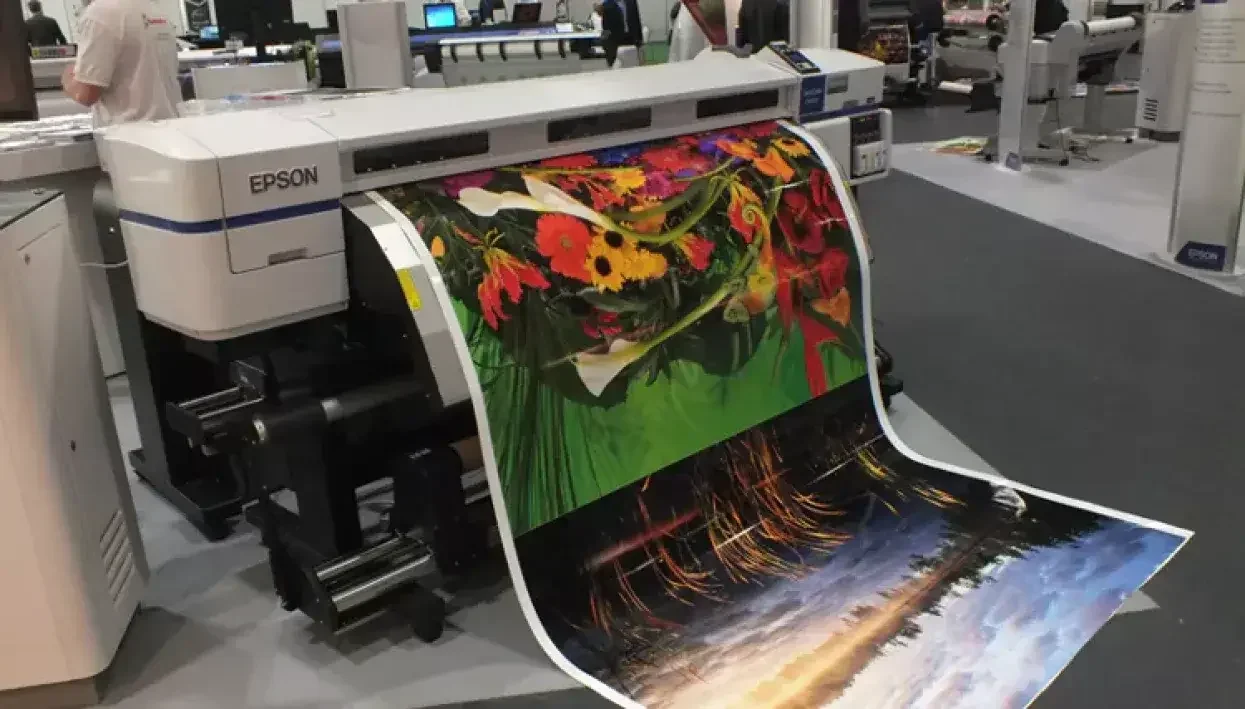Standards for graphic arts
Author
FESPA Staff
Published Date
18/06/2021
Become a FESPA Member
to Continue Reading
